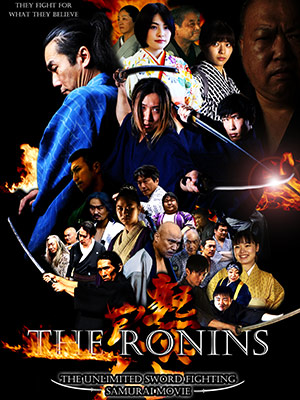Ogino House
Ogino Family, house store name was called Kuramiya, used to run a wholesale business of a forwarding agent for generations in Edo Period by means of express messengers and horses. The main building is known as the oldest townhouse called Machiya in Kumagawa-juku, an old post town in Wakasa-cho. A baggage storehouse adjacent to the main building facing the main street represents a typical architect prosper as the center of traffic and distribution. It was designated as a national important cultural property in January 2014.
Henmi Kambei House
This is a dwelling site of the first mayor of Kumagawa Village. There remain the main building where they were engaged in brewing sake and a storehouse for privately collected books. The appearance of this traditional townhouse called Machiya building at the end of Edo period clearly tells us the atmosphere of the post town of bygone days. It is designated as a cultural property by Wakasa-cho.
KUmagawa Guard Station
This is a restored guard house called Bansho built at the east end of Kumagawa-juku. In Edo period, transportation of goods such as firearms to and from other provinces was strictly restricted and various taxes were imposed on everyday commodities. Moreover, local feudal lords called Daimyo had to live in Edo, an old name of Tokyo, by order of Tokugawa government, leaving behind their wives and children in their local domains. Therefore, when wives and women of not only the feudal retainers but also peasants and merchants of Obama Domain wished to leave their province, they needed special travel permits with a seal of acknowledgment by the magistrate called Bugyo on the back of the permits. This guard house is designated as a cultural property by Wakasa-cho.






